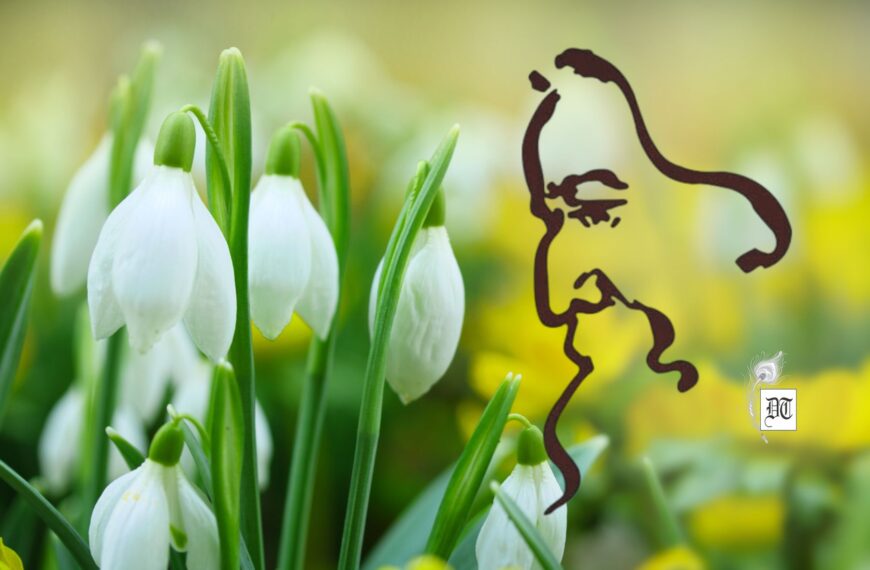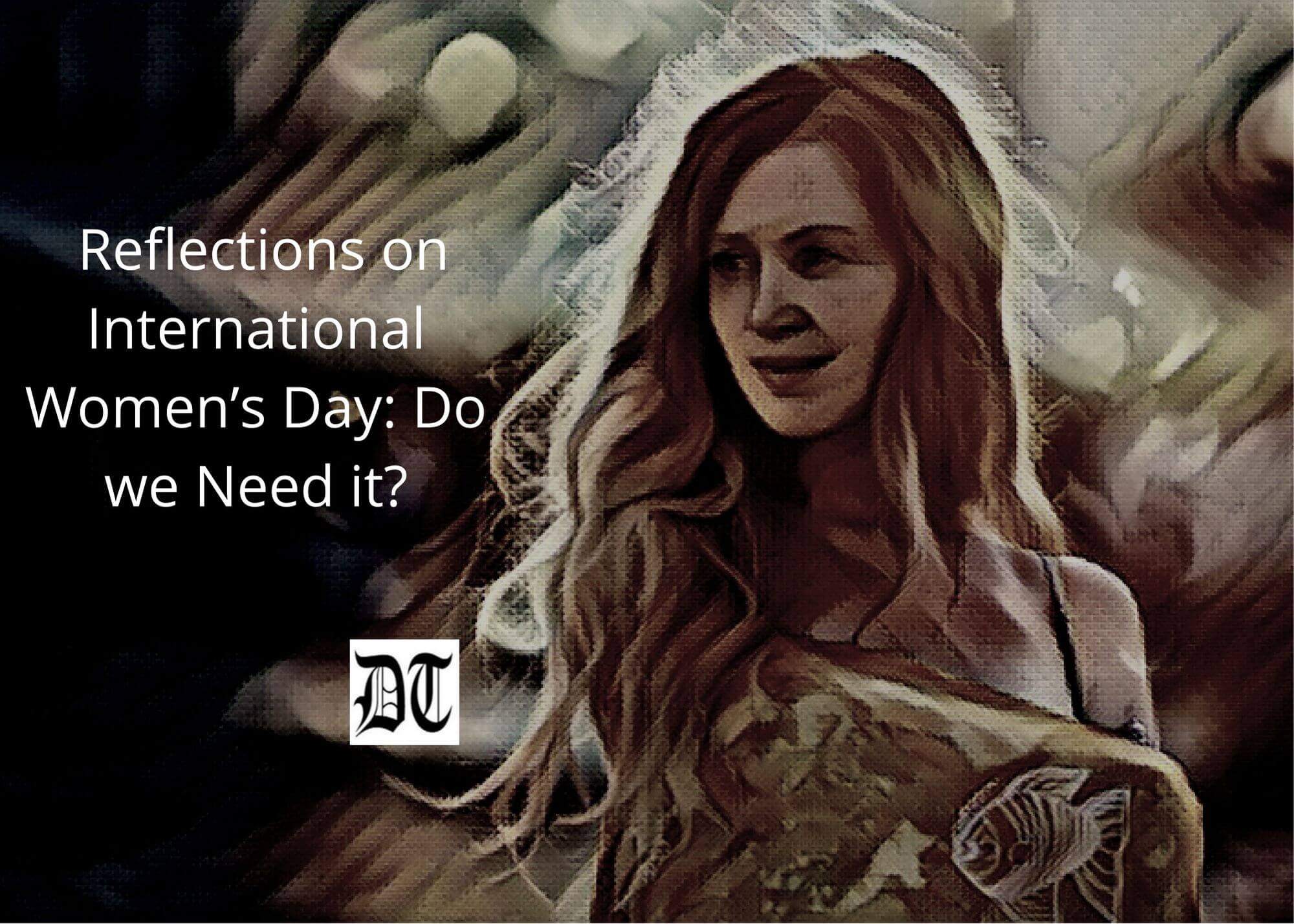This is perhaps the longest intro in Different Truths. Please hear me out and you’ll know why I am saying what I am saying. Am not blaming or condemning anyone. I am just stating some hard facts.
Many moons ago some of us got together and launched a magazine on contemporary art, Sundaram. We approached the director of North Central Zone Cultural Centre (NCZCC), Allahabad, in 1988, for the same. NCZCC was at its nascent stage then. The director (printer & publisher of the magazine) agreed to fund it. I got the title clearance from the Registrar Newspapers of India (RNI), New Delhi. A major technical flaw of the office staff caused the sad demise of the magazine. It was never officially registered as a magazine with the RNI, New Delhi. There was a huge goof up. I would like to believe that it was more by default than design.
A wonderful idea and all the toil and sweat came to a naught. Sundaram was shut down by a subsequent director. The officials created too many hurdles. It was not allowed to be sold. Some friends bought a few copies, most others got it free. Its commercial failure was ensured. NCZCC does not have a single copy of the effort, if not the magazine, Sundaram. I tried to buy past issues. They have none, I was told.
No one celebrated its birth. No one shed a tear when it died. No obit was written. Though young and full of dreams, I, its Associate Editor, was exasperated with the babudom. I moved on to other jobs. Life carried on…
A guilt and pain remained. My most promising child (read launch) had died!
The other day, I was talking to Anumita Chatterjee Roy, Different Truth’s Managing Editor. She and I agreed that we shall let you have a glimpse of the editorials and the stories that I wrote in it. Let us honour the failure too. The efforts were honest.
We are naming the column: Art and Ideas. Some of it might be changed, updated and repackaged.
The struggle of a magazine, and those who believed in it, is a truth, no matter how different!
“True eloquence renounces eloquence; the individual is never so self-expressive as in self-forgetfulness. The thought of the self is a hindrance to the self. I never admire beauty so much as when it is unconscious of its being beautiful. That line is most touching that is least assertive. Christ in truth becomes God by renouncing his divinity. And conversely, God by renouncing himself in Christ becomes God.” ~ Andre Gide
The poet “is never a bundle of accident and incoherence that sits down to breakfast,” wrote WB Yeats, in 1937. The poet – or by extension of the definition – the artiste, is different from the common man. He is bestowed with the power of transformation. To deal with the ordinary things imaginatively is to deal with them strictly. The artiste imposes on himself many a restriction. His sense of art triumphs the chaos of personal life.
The artiste may be self-conscious in his approach, not content. The self can neither be, nor become, the final concern. The end-result has to be chance rather than intention, more accident than design. The distinction, however, is not severe. The self of the artiste is the subject of its attention. The attention is reflexive. There is a perpetual tension between the self and the imagination, though each is mirrored in the other. And when the quarrel is pursued within the same mind, the pursuit is all the more intense. It is a war to the life, not to the death, the crusading cause being life itself.

The self of the artiste conditions his imagination. The self bears the burden of history in the form of racial memory, myth, ritual and tradition. However, history presents a triple discontent. First, it resists the imagination. Second, it represents the imagination both as, an object, and a symbol of imaginative care. And third, as a result it restricts the imagination. It’s dialectical. From the thesis and anti-thesis of the self and the imagination emerges the synthesis of vision.
Nature represents itself as it is, or as it appears to be, to the common man. Vision is the gift of wisdom. Vision is what the artiste sees with the mind’s eye. It transcends the mere physical qualities of the objects in nature to its representational equivalent in spirit or energy. We may thus, agree with Goethe, “…matter cannot exist and be operative without spirit, nor spirit without matter.”(1) Physical sciences tells us that matter offers resistance; so is it with art – it offers resistance to the artiste, May I take the liberty of substituting the words ‘matter’ and ‘spirit’in Goethe’s quote with ‘art’ and ‘artiste’ respectively?
Vision gives an artiste a sense of power. And meditating upon the strength within him, the artiste confronts the unknown and the unknowable. He recasts himself. He is reborn. Phoenix like he arises from the ashes of his being. And by the imperative act of his vision, he becomes his own God.
————————————————-
(1) The Hindu scriptures dwell with the interdependence of body and soul. Paramhansa Ramakrishna said that the soul must acquire body to complete its karma (action). And, therefore, the soul has to pay the tax of ‘sufferings’ to acquire the body.
Pix from Net




 By
By
 By
By

Thought provoking and pithy. Your statement that ‘There is a perpetual tension between the self and the imagination, though each is mirrored in the other,’ resonates. This love affair spawns children (works) living on long after the creators’ demise – an immortality born of chain reactions unforeseen yet hoped for. A world within worlds with infinite possibilities.
Brilliant! You put it so beautifully, Joyce. Thanks a lot
As an artist if I may say so in all humility n pride too – Arindam Dada i hereby quote u once more
“The self of the artiste conditions his imagination. The self bears the burden of history in the form of racial memory, myth, ritual and tradition. However, history presents a triple discontent. First, it resists the imagination. Second, it represents the imagination both as, an object, and a symbol of imaginative care. And third, as a result it restricts the imagination. It’s dialectical. From the thesis and anti-thesis of the self and the imagination emerges the synthesis of vision….”
So thankful that u will portray it again so that we get to hold hands of the skeletal remains which words hold strong and doesn’t let die …
Arindam Roy Thanks a lot, Devika, It is my humble effort to understand the complex process. My two pence, if I may say